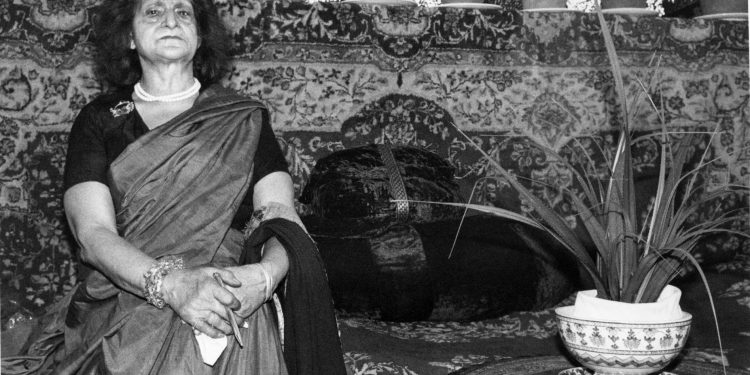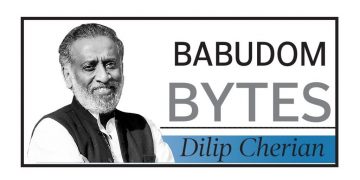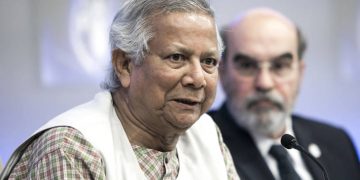Saeed Naqvi
Ellen Barry of the ‘New York Times’ walked into my study and, wasting no time, came straight to the point. What did I know about the last “Begum of Oudh”? She had a quizzical, amused look like she knew what the answer would be but would still like to see my expression. The abruptness of the query was her way to establish a point of departure on the theme.
After reading Ellen’s evocative masterpiece on the Oudh (Awadh) Royals in the ‘NYT’, I am chastising myself for poor judgement. I dismissed Ellen’s pursuit as a “foreigner’s” quest for the exotic. This was months ago. The story titled ‘The Jungle Prince of Delhi’ appeared last week.
Only after reading the lengthy piece which, in parts, reads like a poem in prose, did I Google Ellen out. She had been the paper’s bureau chief in New Delhi, Moscow, winner of the Pulitzer Prize and so on.
The story of the “Begum”, Princess and the jungle Prince, is a classic case of “news” which, when neither confirmed nor denied, takes root in the popular imagination. Public opinion then drives the government into action to minimise criticism. That is why Indira Gandhi in the early 80s agreed to transfer the “Royals” to a medieval hunting lodge on the ridge. It is known as Malcha Mahal.
In early 70s a woman with sharp aristocratic features, took up residence on platform number one of New Delhi Railway station and proclaimed herself the last Begum of Oudh. For greater credibility, she had in her entourage, two children, a handsome dog and a liveried servant. The mainstream media took perfunctory interest but the Urdu press amplified the fall of the House of Oudh and readers, in enclaves like Jama Masjid, saw it as part of a continuing story of victimhood. Here was tear-jerking melodrama: “our royals betrayed”.
It says something of our journalism that a story laden with so much possibility waited unexplored for 40 years until Ellen Barry appeared. This is not surprising because even our archaeology was excavated by Europeans. But what shames us, this hack included, is the fact that it required an outsider to tell us why the “fake” was being played out — across the subcontinent and two generations.
The yarn begins in Lucknow, where Wilayat was happily married to the registrar of Lucknow University, Inayatullah Butt. The name itself is a give-away: it is a Sunni name, whereas anybody claiming lineage from the Nawabs of Oudh would have to be Shia. A similar story of dubious veracity explains why the Butts left for Pakistan. During the high tension of Partition in 1947, Hindus armed with hockey sticks beat Butt up. I can bet my last rupee that the story is false. Yes, there was small-scale stone throwing between Shias and Sunnis on appointed days annually. But Hindu-Muslim violence? Never — until caste politics reared its head in the late 80s.
The last king of Oudh (Awadh), Wajid Ali Shah’s exile to Matia Burj near Kolkata, or the more recent Partition of India, are disorienting events for those in the thick of it, by historical memory or raw experience. In minds like Wilayat Butt’s, the historical memory and immediate experience are all jumbled up in knots.
Ellen believes that disruptions caused by change (Partition for instance) had a great deal to do with the Butt tragedy. A grievance “unaddressed, had metastasized” to become an epic tragedy.
Wilayat was a “mental” as one of her relatives in Lahore said. Ellen has explored the story backwards after she got to know the recluse “Prince Cyrus” in his Malcha Marg hideout. In the end, he turned out to be no more than Micky Butt. She writes of their sad delusion:
“It is impossible to know, now that he and his sister are dead, whether they even knew it wasn’t all true.”
IANS
Saeed Naqvi is a senior commentator on political and diplomatic issues. The views expressed are personal. He can be reached on saeednaqvi@hotmail.com.






































